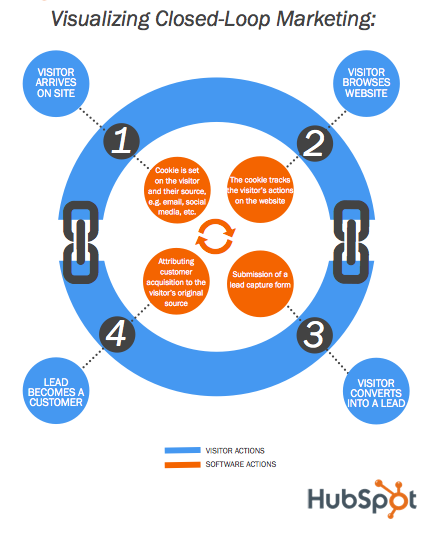Four out of five CEOs have trust issues with their marketing team and claim to be unimpressed by their work, a study by Fournaise Marketing Group has revealed.
Ouch! As a B2B marketing professional I find those findings very hard to read!
What could be driving such a resoundingly negative perception? The answer it seems is that marketers are disconnected from the core financial metrics of the business.
Fournaise surveyed more than 1200 CEOs in North America, Europe and Asia Pacific finding that 80% admit they don’t really trust and are not very impressed by the work done by marketers, while trust and value in the work of CFOs and CIOs was dramatically higher at 90% of the sample.
Jerome Fontaine, chief executive of Fournaise, believes “Marketers will have to transform themselves into true business-driven ROI marketers or forever remain in what 65% of CEOs told us they call ‘marketing la-la land’.”
Three in four of the interviewees thought marketers were too busy chasing the latest shiny new object, such as social media, to understand terms like ‘results’, ‘return on investment’ and ‘performance’ in the business context. CEOs want to see greater demonstration of return on investment.
The study also found 78% of respondents reported that marketers too often lose sight of what their real job is – increasing demand for goods and services in a quantifiable manner.
So if you haven't already slipped off the pub to drown your sorrows, here are some ways we think B2B Marketers can solve this challenge and deliver a process for measuring and delivering real ROI on your marketing investments.
Calculating marketing ROI starts with the application of a regularly applied measurement process. We call this S.M.A.R.T. measurement and stands for:
- Select what to measure
- Measure it
- Analyse key findings
- Revise tactics
- Test impact of the revision
Not rocket science I think you will agree! Yet the rigourous application of this simple process needs to occur across all stages of the go-to-market funnel to really understand the effectiveness of your tactics and thus the ROI of your marketing. To keep things simple, lets look at three stages of the funnel and some of the types of measurement you can apply.
Top Of Funnel (TOFU)
The aim of top of funnel tactics is to find potential buyers from your target audience and attract them, typically as visitors to your site and to connect with them.
Example: Measure sources of traffic (eg organic, direct, email, social media, paid search etc). How does each source of traffic perform relative to one another? More importantly though, how effective is each source of traffic at converting a visitor to a lead? For example at g2m Solutions, LinkedIn drives a lower volume of traffic than organic search but LinkedIn leads convert 3 x better.
Middle Of Funnel (MOFU)
The aim of measuring middle funnel tactics is to examine how effectively the tactics and content we use are at converting and nurturing leads to a point they are ready to engage more directly with the firm, typically with the sales or pre-sales teams.
Example: Measure the conversion rates of you landing pages. While Job #1 is to get visitors to your site, job #2 is to convert them to a lead and capture their contact data (at the very least). Conversion rates of 20%+ is acceptable, over 30% and you are doing well.
Example: We use A/B testing on our landing pages to test different elements of the page design to ensure we maximise the conversion rates of our landing pages. Which image seems to work best? How many fields in our forms are visitors prepared to complete before completion rates start to fall (answer: not many!)? If we try different wording, what messaging works best?

Bottom Of Funnel (BOFU)
For marketing to effectively connect to revenue and demonstrate ROI to the senior executive team, marketing must effectively and efficiently pass data to sales and specifically the Customer Relationship Management (CRM) sytem of the organisation.
Marketing and sales must own this stage of the funnel together and agree what a sales ready or marketing qualified lead looks like. At that point marketing's automation system should connect to sales' CRM system, preferably via an automated process or interface and pass the full marketing record to sales.
By sales faithfully recording closed deals in the CRM system the loop is complete. The final step is to ensure your marketing automation solution can simply run reports. Your reports should record the conversion ratios across the stages of the funnel. At the very least B2B Marketers should be able to demonstrate conversion rates at the top, middle and bottom of the funnel. Armed with this information the B2B Marketer can demonstrate a clear grasp of the relationship between their efforts and tactics they employ and revenue.
Now the B2B Marketer's conversation with the CEO takes on a completely different tone. The marketer can demonstrate, using proven funnel data, which marketing campaigns and specifically which tactics contribute to revenue. Now pitches for increases in funding are backed with solid data.
If you would like to learn more about building an analytical framework that allows you to demonstrate ROI to the boss why not download our eBook: Measuring Marketing ROI: The keys to the boardroom.


